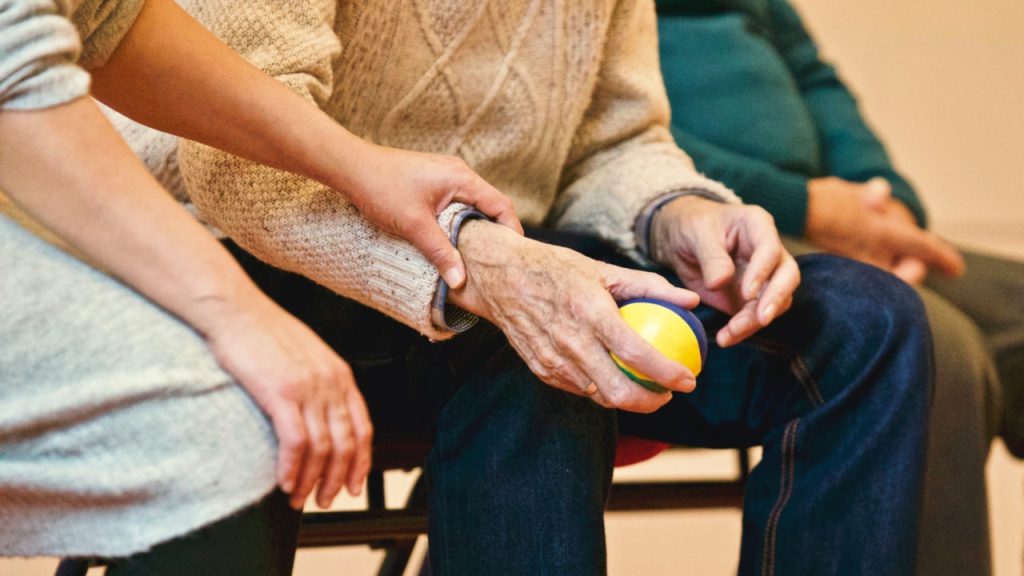High-dose Heparin Reduces Mortality in Moderately-ill COVID Patients

A high dose of heparin, an inexpensive and globally available medication, reduces mortality risk in hospitalised, moderately-ill COVID patients, suggests a new study led by St. Michael’s Hospital.
Appearing in the BMJ, the RAPID Trial compared a high, therapeutic dose of heparin to a prophylactic low dose for patients with moderate COVID and elevated d-dimer levels admitted to hospitals. D-dimers are protein fragments produced when a blood clot gets dissolved; higher levels indicate increased clotting risks.
The researchers studied 465 patients in hospitals around the world and found that while the therapeutic dose of heparin was not associated with a significant reduction in the study’s primary outcome, a composite of death, the need for mechanical ventilation or admission to intensive care, the dosing of heparin did reduce all-cause death in moderately-ill COVID patients admitted to hospital by 78%.
“Our study confirms therapeutic heparin is beneficial in patients who are on the ward with COVID, but other studies suggest it could be harmful for patients who are in critical care,” said Dr. Peter Jüni, Director of the Applied Health Research Centre at St. Michael’s and co-lead of the study.
Therapeutic doses of heparin are used for deep vein thrombosis or pulmonary emboli, whereas prophylactic, or lower, doses are used for patients admitted to Internal Medicine wards to prevent blood clotting while they are in hospital.
Several trials have investigated using blood thinners in COVID patients due to heightened inflammation and clotting in blood vessels caused by the virus. Dr. Michelle Sholzberg, Head of the Division of Hematology-Oncology and Director of the Coagulation Lab at St. Michael’s, and co-lead on the study, hopes this research contributes to a change in treatment guidelines for COVID patients.
“This is a once-in-a-million opportunity – heparin is inexpensive, globally available, and exists in every single hospital pharmacy cabinet right now,” she said. “It’s an opportunity to rapidly repurpose a drug available around the world.”
In particular, she said, the treatment could make a difference in areas where vaccine availability or coverage continues to be limited. Heparin is included in the WHO’s list of essential medicines.
The researchers hope to learn more from the data collected by analysing it further to address new questions, and are also considering revisiting patient outcomes to understand whether these therapies reduce the odds of long COVID.
Source: Unity Health






